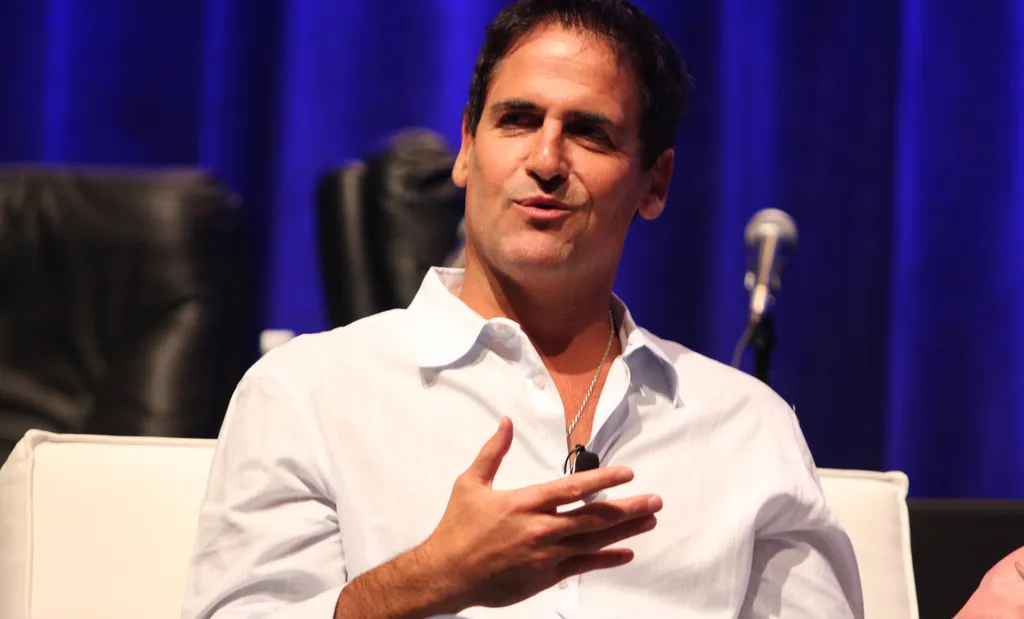For many, virtual reality can induce a dizzying and thrilling sense of vertigo. For billionaire Mark Cuban, the tech actually helped him cure his own case of dizziness.
Back in October 2015, Cuban shared a story about his condition. The billionaire, best known for appearing on entrepreneurial investment series Shark Tank, posted the video you can see below, explaining how it came about. In May 2015, he developed a headache after a long walk in New York, and woke up feeling dizzy the next day. After visiting doctors and surgeries that were unable to help him, Cuban came across a treatment clinic named Dizziland. He decided to pay them a visit and underwent extensive testing to help diagnose his problem.
After five hours of examinations, Cuban was told he had a damaged otolith in his inner ear, which was disrupting his sense of balance. From there, treatment consisted of sitting in a specialized chair named the Epley Chair. It essentially tips and twists the user, even going upside down, with the difference in orientation helping to fix the problem. For Cuban, it was essential in his recovery, but it came with a big problem; his home in Dallas was far away from Dizziland, the chair, and the images used to help him recover.
Fortunately, Cuban had recently purchased a Gear VR headset, and it eventually struck him that he may be able to continue his treatment using just his phone and that device, paired with the work done by Dizziland. Over the course of the next few months, he would put on the headset both in the morning and at night in different positions, watching the video. It took some time, but by early 2016 Cuban found himself having days where he felt completely normal, and started using the headset less.
These days, he only has to use them once every few weeks to help maintain himself. “Virtual Reality along with Dr Mango, his protocol and some amazing Audiologists in Dr Pearce and Dr Nava gave me my brain back,” Cuban said in a blog explaining his progress. “I can’t thank them enough.”
In fact, Cuban is working with Dr Mango to patent the protocol for VR, potentially making it much more cost effective and accessible. It’s a pretty amazing story and legitimate proof of how VR can help to improve our lives. Here’s to plenty more tales like this one.






























